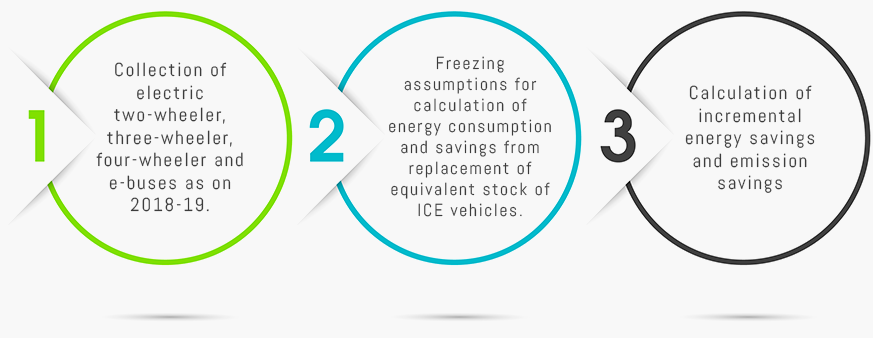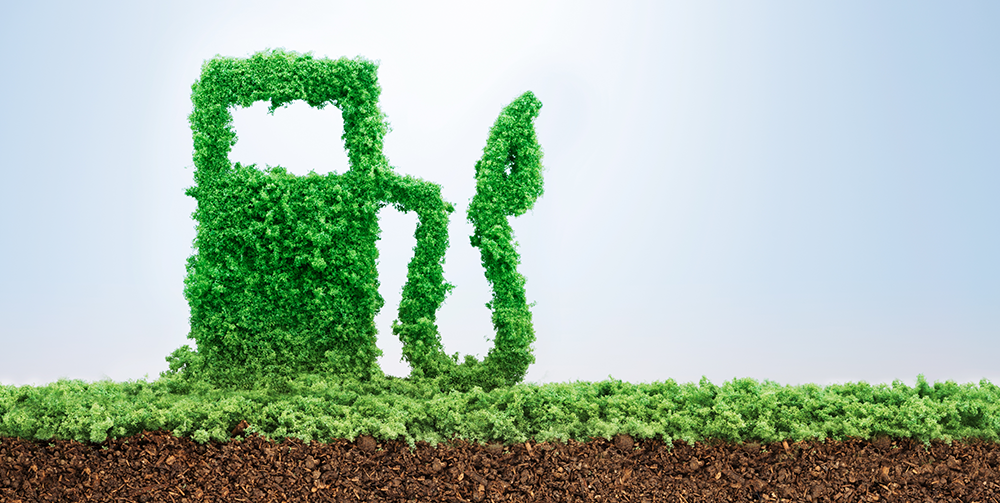FAME I was launched in the year 2015 to promote hybrid and electric vehicle technologies in India. Under FAME-I, a total 2.8 Lakh vehicles were supported.
Accelerating E-mobility adoption in India
A mere 3,300 e-cars were added in 2018, making the total EV stock reach 10,300 with a total market share of 0.10%. As per the 2018 data captured for public chargers, total publicly available chargers accounted for just 352 chargers, highlighting a need for rapid uptake and installation of accessible and available charging stations. The figures below show the Battery Electric Car (BEV) stock and New BEV sales (in thousands), from 2007-18.


Given the nascent market, over the past few years, the national government has created momentum through several policies that encourage the adoption of electric mobility.
Major initiatives undertaken in the last few years to promote EV and EVSE in India are mentioned below:
FAME-1
The scheme was aimed to provide a major push for early adoption and market creation of both hybrid and electric technologies vehicles in the country. The thrust for the Government through this scheme was to allow hybrid and electric vehicles to become the first choice for the purchasers so that these vehicles can replace the conventional vehicles and thus reduce liquid fuel consumption in the country from the automobile sector. It was envisaged that early market creation through demand incentive, in-house technology development and domestic production will help industry reach a self-sufficient economy of scale in the long run by around the year 2020. The scheme planned to focus on:
- Technology development
- Demand creation
- Pilot projects
- Charging infrastructure
Individual budget had been allocated for every focus area keeping the highest budget for the demand incentives to lower down the EV prices in the market and push the faster adoption process. The total budget allocated was USD 122.4 million over the period of two years, USD 40 million for FY 2015-2016 and USD 82.4 million for FY 2016-2017.
Table 1: Component wise budget under FAME-I
FAME-II
The FAME-II scheme will act as a successor to the FAME-I scheme and would be implemented for a period of 3 years, eff. 1st April 2019 with a budget allocation of 10,000 Cr. The scheme is proposed to be implemented through the following verticals: Demand Incentives, Establishment of network of charging stations and administration of the scheme. The subsidies that have been provided under the scheme are as follows:
Table 2: Subsidies under FAME-II
Subsidies under FAME-II
Other highlights under the scheme are as follows:
- Electrification of Public Transport – The policy focuses on penetration of EV’s in public transport, with the maximum demand incentive of 3545 Cr. Set aside for e-buses
- Under the FAME – 2 policy, subsidies have only been meted out for vehicles with advanced batteries, i.e. the policy effectively covers only Li-ion battery operated vehicles and does not cover Lead-Acid batteries
- Promoting localization in manufacturing/ assembling of EVs and related components
- Focus on advanced charging technologies and inter-linking of RE with EV charging
Methodology for calculating energy savings and carbon reductions


Step-1: Collection of electric 2W, 3W, 4W and Buses data
Under FAME-I scheme 2.8 lakh hybrid and electric vehicles were supported under a total demand incentive disbursement of INR 359 crores. The number of electric vehicles (excluding hybrids) supported under the scheme as on 2018-19 is presented in Table 1.
*Though the number of electric three wheelers in India are more than a million, a vast majority of these three wheelers are assembled locally by unlicensed manufacturers. Thus, the numbers taken here are for electric three wheelers that claimed incentives under FAME-I.
Table 1: Number of EVs supported under FAME-I (as on 2018-19)
Step-2: Assumptions for various category of electric vehicles
Following are the assumptions that have been considered for deriving the energy savings and CO2 emission savings for various category of EVs under FAME-I is presented in Table 2.
Table 2: Assumptions for electric Vehicles
To compare the energy and emission reductions by adoption of various category of EVs, it is also necessary to calculate the equivalent energy consumption and CO2 emissions from same number of ICE vehicles. The following are the assumptions that were considered for ICE category of vehicles, details are presented in Table 3.
Table 3: Annual running (Kilo meter) for ICE vehicles
Step-3: Calculation of energy and emission savings
The energy savings and CO2 savings were calculated by estimating differential energy consumption and CO2 emissions, had the same amount of ICE vehicles been purchased instead of EVs.
